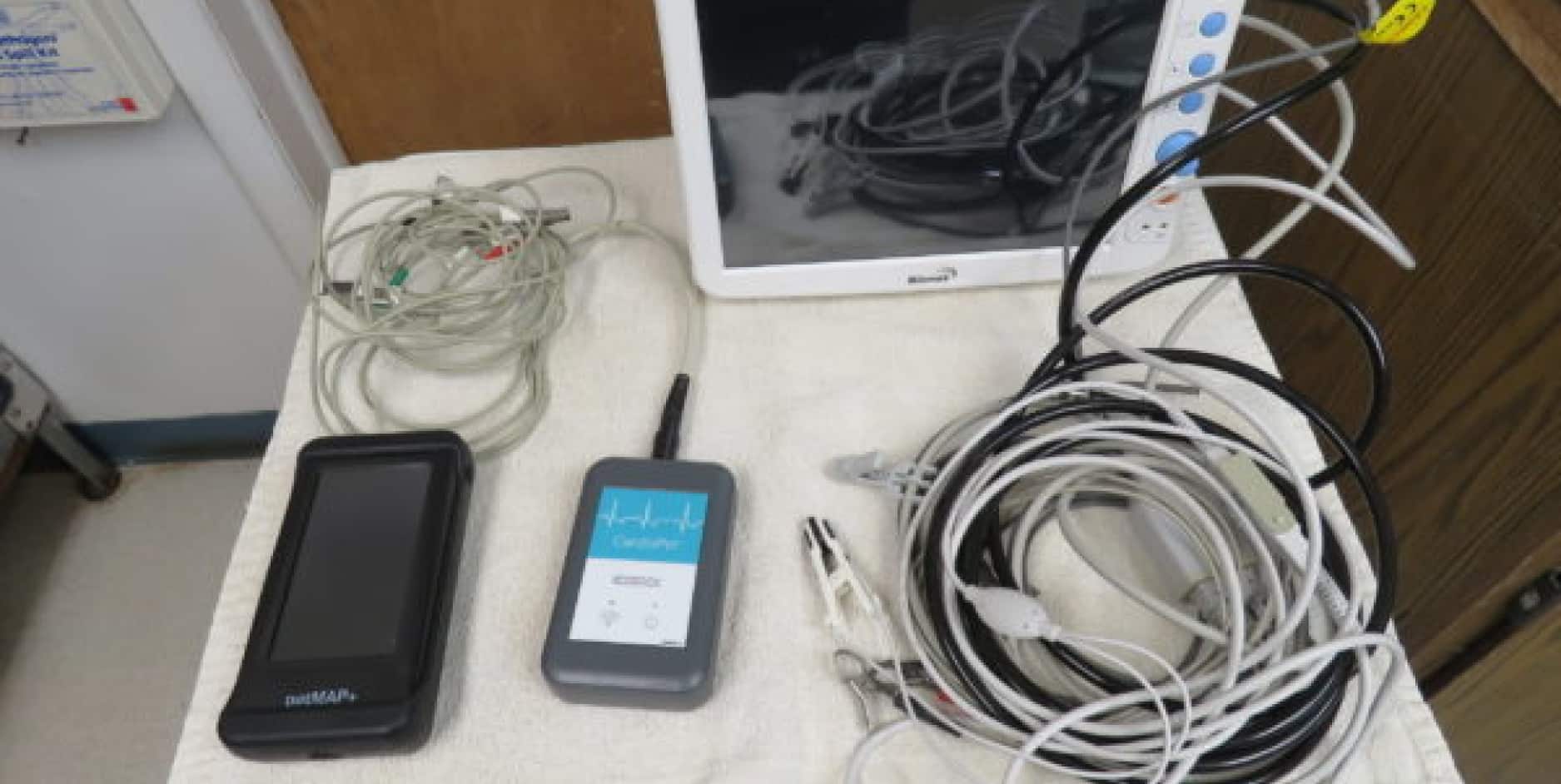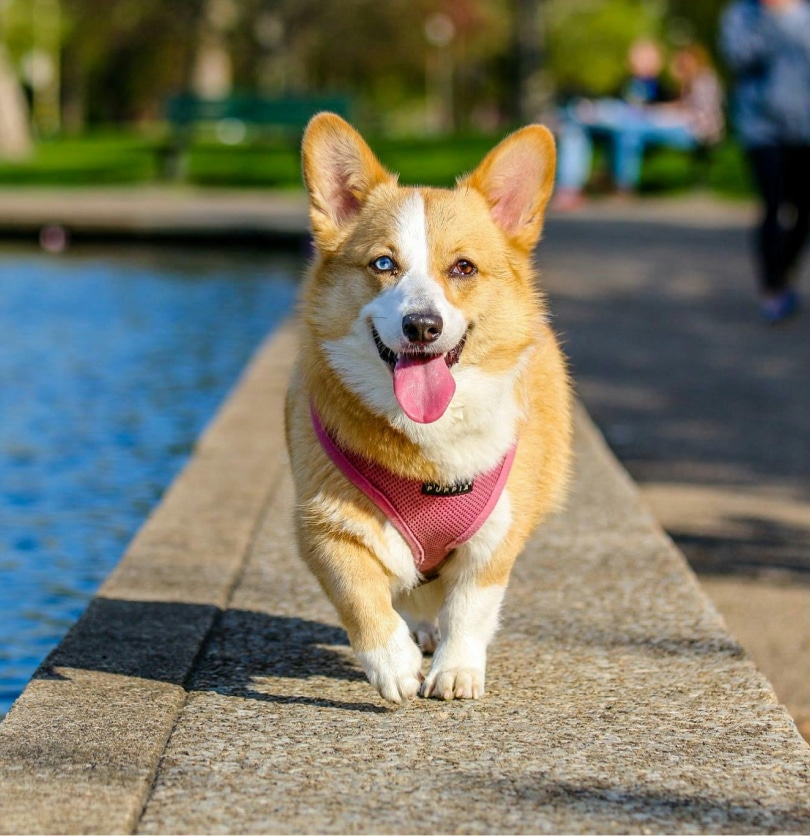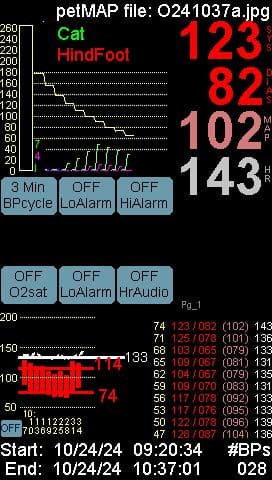Some points to keep in mind when thinking about pet anesthesia are:
- When we go to our own human dentist or hygienist yearly or every 6 months we can sit quietly, open our mouth when asked, spit out water when requested and let the hygienist do their work. Our animal friends are not capable of remaining still, calm, and compliant during a dental cleaning without general anesthesia. While the principles of good oral hygiene are the same for dogs and cats as for people, there are some significant differences. Humans understand why the procedure is important, and we typically do not need sedation or restraint, but our pet’s do. To ensure that nothing is missed in dogs or cats, our patients require a thorough oral examination that includes digital dental radiographs, cleaning, and polishing under general anesthesia as part of a professional dental cleaning. We do this because “Fluffy” the cat will not allow the x-ray equipment in her mouth without sedation. “Bart” the 80-pound lab won’t sit still for cleaning without sedation. To provide the safest and most efficient care for both your pet and clinic staff these are services provided under general anesthesia.
- Anesthesia is essential for dental procedures, to ensure that the procedure can be completed successfully.
- Appropriately administered general anesthesia entails extremely low risk for the pet patient, as a result of a combination of pre-anesthetic assessment of the patient (including blood tests or other tests as indicated), use of modern anesthetic agents and local anesthetic blocks (which minimizes the depth of general anesthesia required), and modern anesthetic monitoring equipment. Many patients are awake and standing within 15 to 20 minutes of completion of the procedure and go home the same day.
- While no one can guarantee the outcome of anesthesia, we are trained to provide safe anesthesia and to minimize pain for your pet.
- Every pet is monitored continuously on a multiparameter unit to assess heart rate, respiratory rate, temperature, blood pressure, electrical conductivity of the heart via EKG, and carbon dioxide levels. Changes can be made during the procedure to ensure quality anesthesia that is safe for your pet.

Can a pet dental be done without anesthesia?
Reasons NOT to use anesthesia-free pet dental cleanings for your dogs or cats:
- A thorough exam and cleaning can’t be done on a dog or cat that is awake. Anesthesia allows us to properly care for your pet’s teeth safely, adequately, and without pain.
- Most oral disease happens below your pet’s gum line and dental x-rays are the only way to identify painful problems such as fractured teeth, periodontal disease, or other problems. Dental x-rays can’t be performed on an awake pet.
- Cleaning and scaling below the gum line are important because it’s where periodontal disease is most active. This can’t be done without anesthesia.
- Anesthesia-free dental cleanings require a pet to be restrained while having their teeth scraped, which is both stressful and likely painful for them.
- There are significantly increasing numbers of pets who, after a number of years of anesthesia-free dental cleanings, have developed severe periodontal disease resulting in multiple extractions or need for extensive treatment.
For more information and to learn the facts about anesthesia-free pet dental cleaning offers we encourage you to visit www.avdc.org/AFD, a site specifically for pet owners and their questions about their pet’s dental health.
At Minnesota Veterinary Dental Specialists, we are strongly against anesthesia-free dental cleanings and are committed to educating the public about the risks to their pets. A proper pet dental cleaning should always be performed by a veterinarian and involve safe anesthesia and dental radiographs.
Headline Here
This is just placeholder text. Don’t be alarmed, this is just here to fill up space since your finalized copy isn’t ready yet. Once we have your content finalized, we’ll replace this placeholder text with your real content.
Sometimes it’s nice to put in text just to get an idea of how text will fill in a space on your website.
Traditionally our industry has used Lorem Ipsum, which is placeholder text written in Latin. Unfortunately, not everyone is familiar with Lorem Ipsum and that can lead to confusion. I can’t tell you how many times clients have asked me why their website is in another language!

Call (218) 461-4825 or book online to schedule your pet’s advanced dental appointment.

Frequently Asked Questions About Anesthesia
Why is anesthesia-free dental cleaning not recommended for pets?
Anesthesia-free dental cleaning is stressful and painful for pets and does not allow for thorough care. Without anesthesia, it’s impossible to take dental x-rays or clean below the gum line where most oral disease occurs. Over time, anesthesia-free cleanings can lead to severe periodontal disease and more complex treatments, including extractions.
What steps are taken to ensure the safety of anesthesia for pets?
Before administering anesthesia, a pre-anesthetic assessment, including blood tests, is conducted to ensure your pet’s health. Modern anesthetic agents, local blocks, and continuous monitoring of heart rate, respiratory rate, blood pressure, and other vital signs during the procedure help minimize risks. Most pets wake up within 15-20 minutes and go home the same day.
Is anesthesia necessary for my pet’s dental cleaning?
Yes, anesthesia is essential for thorough dental exams and cleanings in pets. Unlike humans, dogs and cats cannot remain still or calm during dental procedures. Anesthesia ensures a safe, stress-free, and complete cleaning, including necessary dental radiographs and scaling below the gum line where periodontal disease often develops.

